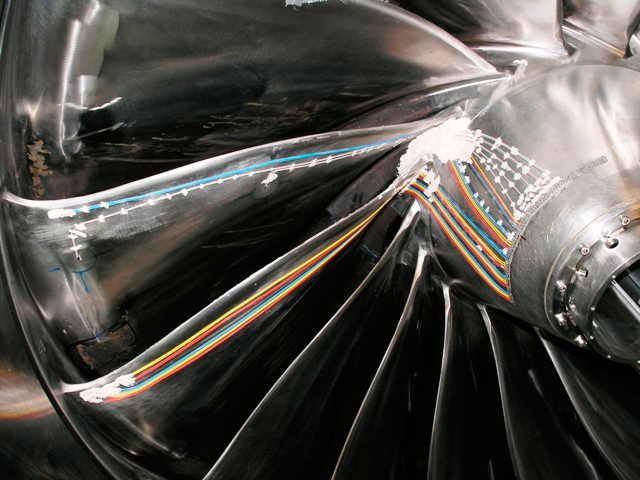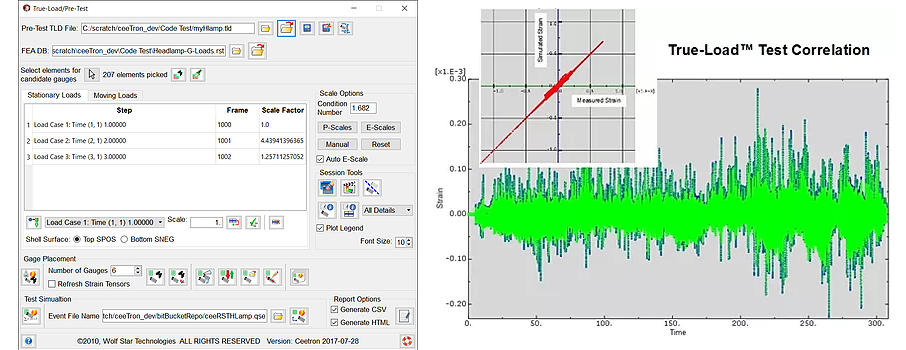True-Load
Load Calculation Software for Product Engineering
True-Load è un prodotto Wolf Star Technologies.
True-Load è un prodotto Wolf Star Technologies.
Ogni ingegnere è consapevole che uno dei principali problemi delle simulazioni è la determinazione dei carichi che agiscono sulla struttura da dimensionare in base al suo reale utilizzo.
True-Load è il primo software presente sul mercato che sfrutta i modelli ad elementi finiti per posizionare in modo ottimale gli estensimetri sui componenti fisici senza modificarli e ricavarne i carichi a cui sono sottoposti durante i test.
True-Load si interfaccia direttamente con i principali software di calcolo presenti sul mercato e in particolare con i codici di fatica. In questo modo è possibile integrare in modo semplice ed intuitivo nel ciclo di progettazione i carichi reali agenti su una struttura e non, come spesso si è costretti a fare, quelli provenienti da studi eseguiti su progetti simili, o da esperienze pregresse. L’integrazione avviene in modo efficace ed al contempo semplice.



Invia le tue domande ai nostri tecnici specializzati!
Mettiti in contatto con uno dei nostri esperti, che ti potrà fornire risposte certe o consigliare soluzioni affidabili.

CASE STUDY
In this example, a gluer machine was studied using RecurDyn
recurdyn mechanics multibody consumer-goods food-beverage
CASE STUDY
Have you ever grappled with the nonlinearity of materials? This article introduces Multiscale.Sim’s curve-fitting feature for predicting material constants for viscoelastic problems.
multiscale mechanics composites

CASE STUDY
This article describes how the company created and tested a process to construct a parametric CAD model capable of providing its designers with a starting point for any new machine to be designed.
mechanics ansys modefrontier maplesim maple
CASE STUDY
This article discusses a realistic multi-objective parameter optimization study of a highly athletic one-legged robot, called Skippy, in which both the parameters of the mechanism and the parameters of its optimal behaviors were sought.
optimization modefrontier biomechanics

CASE STUDY
Oil or gas pipelines that cover long distances pose complex design challenges. Every environment the pipeline crosses is characterized by different potential geohazards. One of the most dangerous for a pipeline is a rockfall.
oil-gas mechanics ansys